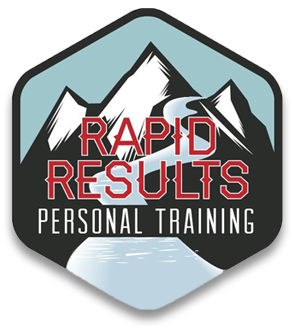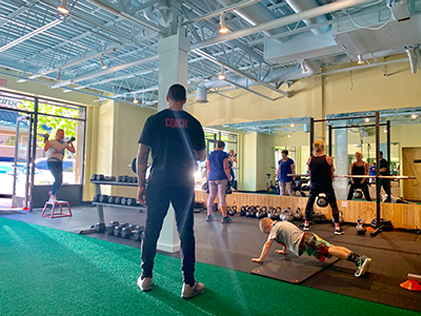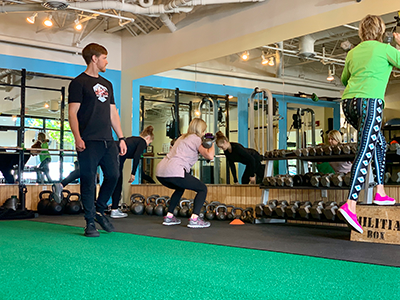Sounds too good to be true, right? Fast food that is healthy?
Fast food has a reputation for being high in trans fat, saturated fat, sodium, and calories, while having next to no healthy ingredients. For example, one loaded hamburger, fries, and pie contain more saturated fat than you should eat in two days.
However, things are changing. The past few years have seen many fast-food restaurants make a concerted effort to improve their menus. As a result, many restaurants now offer low-fat options and fresh ingredients. Choose wisely and you no longer have to sacrifice a healthy meal for the sake of convenience.
But to do this, you must be an informed customer, resist menu temptations, and make healthy choices when it comes to fast food. Finding a nutritious, cheap, convenient meal may be a challenge, but it can be done.
Beware…of menu lingo. Steer clear of meals labeled fried, breaded, basted, creamy, crispy, batter-dipped, au gratin, scalloped, or Alfredo. These dishes are usually high in unhealthy fats, sodium, and calories.
Instead, go for lean meat options that are broiled or grilled and fresh or steamed veggies. If needed, special order your food to be prepared in a healthier manner.
Beware …of extras. A salad may seem like a low-fat option until you drown it in fried toppings, high-fat dressing, and cheese. A deli sandwich is a great choice until you add the mayo, spreads, and cheeses. The same goes for a baked potato. What about the butter, cheese, bacon, salt, and a mountain of sour cream?
Simple, fresh ingredients are best. Ask for dressings and toppings on the side so you can monitor how much is added.
Beware …of portion sizes. A single serving at many restaurants could feed an entire family. The average meal at a fast-food joint can contain more than 1,000 calories. Extra large options should be replaced with smaller portions or shared with family or friends. Don’t forget the calories contained in your drinks. Often overlooked, the calories in sodas and sweetened beverages add up quickly.
Try unsweetened iced tea or lemon water instead.
Beware …of buffets! Even if you choose the salad bar, buffets set the stage for overeating. You may just want to eat your money’s worth, but chances are, you’ll eat more than you need.
After finishing your meal, wait at least 20 minutes before heading back for seconds. Your body needs time to tell your brain your stomach is full.
Beware …of eating on the run. Isn’t this what fast food is all about? Unfortunately, when you’re in a hurry and aren’t thinking about what you’re eating, you tend to overeat and overindulge.
Slow down and chew slowly. Your food will digest easier and you’ll most likely eat less. Remember, it takes time for your brain to get the message that you’re satisfied. So chew well and give your brain the chance it needs.
Be Smart
Knowing is half the battle. The other half is making the right choices. Depending on your health condition, it may be OK to splurge every once it a while, but a habit of double-patty, greasy burgers and large fries every week will hurt your body.
Instead, choose a single-patty burger or a grilled chicken sandwich. In place of a milkshake, go for the yogurt parfait. Rather than French fries, opt for a baked potato or side salad. (Just be sure to choose smart toppings.)
Fast Food Shouldn’t Be the Norm
While there are healthier options available these days at fast-food joints, nothing is as fresh and nutritious as a home-cooked, low-fat meal. Save the fast-food meals for rare occasions when there’s no better option.
Remember that exercise is a huge part of the equation when it comes to achieving weight loss.
Call or email me today and we will get you started on the exercise program that will reshape your body once and for all!


